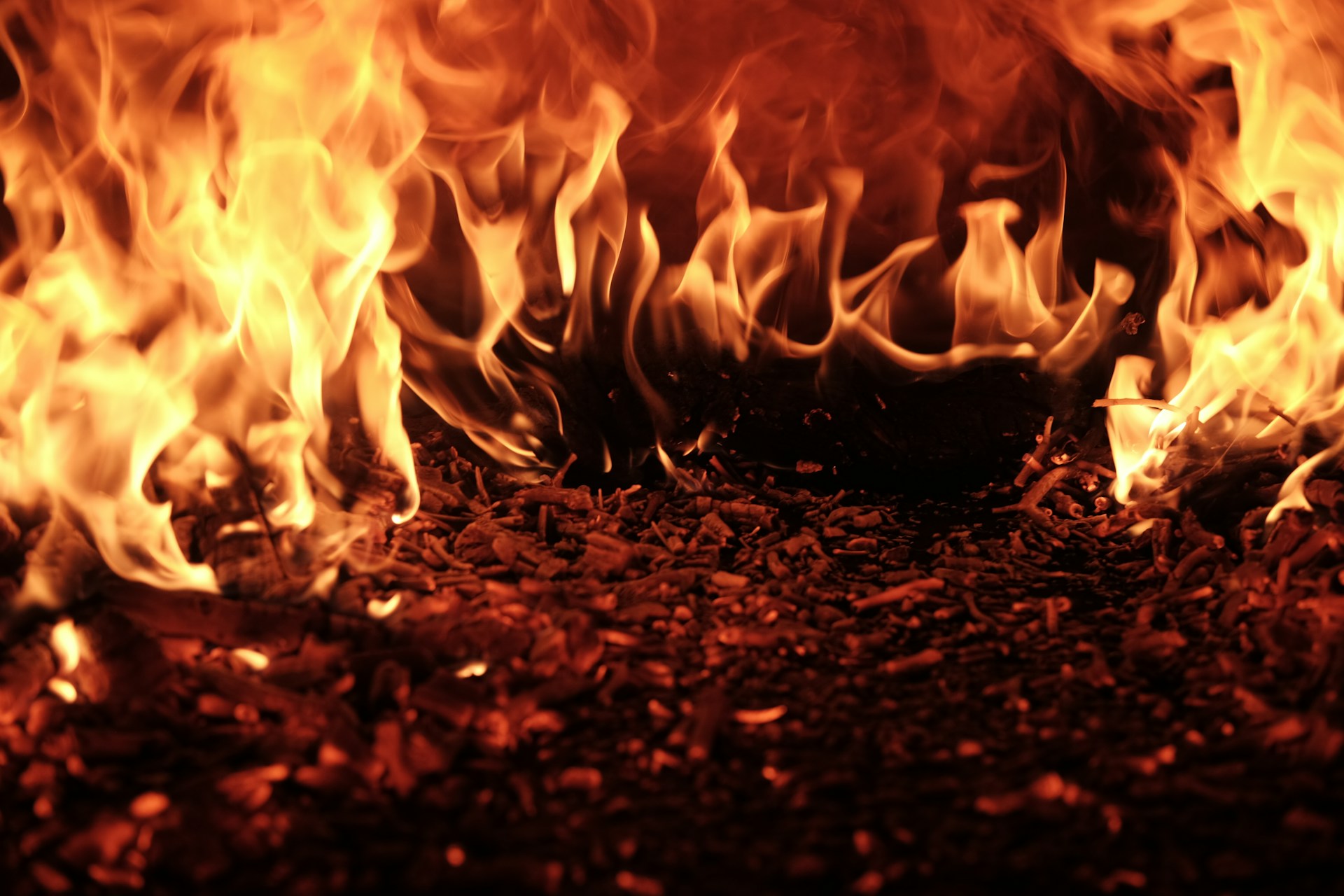
AI Wildfire Detection: How Algorithms Stop Fires and Save Lives
February 6, 2025 - Emily Newton
Revolutionized is reader-supported. When you buy through links on our site, we may earn an affiliate commission. Learn more here.
Wildfires are increasingly common, leading more decision-makers to invest in high-tech wildfire detection systems. The goal is usually to find evidence of the blazes sooner so that people can react faster and save lives. However, thanks to highly advanced options such as artificial intelligence, preventing fires altogether is becoming possible. How does AI wildfire detection work, and what are some companies offering it?
Detecting Smaller Wildfires With Better Accuracy
Google is involved in a lot more than helping people find relevant information when they use the internet. One example is its research arm, which recently detailed a solution that uses a constellation of satellites and AI to identify wildfires before they get so large that they are incredibly challenging to control.
More specifically, this option can find and track wildfires that are in approximately a 16-and-a-half foot area, or 5×5 meters. Those who developed it took a problem-solving approach, especially since this is not the first time firefighters have used satellite imagery to detect the blazes. The trouble is that most earlier solutions were low-resolution and only updated a couple of times daily. Those downsides made it hard for people dealing with the wildfires to be as proactive as necessary.
In contrast, Google’s technology provides high-resolution imagery and global updates every 20 minutes. Those two advantages help firefighters stay on top of situations and feel more confident when sending teams to specific locations.
Plans are underway to launch the first satellite in early 2025, with the entire constellation coming later. Once operational, this offering — dubbed FireSat — will give details about the location, intensity and size of wildfires during the early stages, allowing crews to be more responsive when fighting them.
FireSat will also create a global historical record of how fires spread. Scientists can use it to predict and manage wildfire-fighting efforts, making more accurate decisions that could save lives and help area officials determine when to require residents to evacuate.
This effort builds on earlier work in AI wildfire detection. Algorithms have alerted people in more than 20 countries near wildfire boundaries. Google also has an open-source dataset that uses machine learning to create wildfire benchmarks.
Enabling Shorter Response Times
Time is of the essence during most emergencies, and that fact applies to wildfire management. As climate change continues to impact the planet, worsening wildfires are one of the noteworthy consequences. A warming planet is not the only thing to blame, but many people who study the topic agree it is a notable factor. Solutions that help firefighters confirm wildfires faster let them respond to genuine issues sooner, which saves lives.
That’s one of the aims behind a solution from Pano AI. That company recently collaborated with Austin Energy to fully deploy a camera-based detection system to spot wildfires. The system uses artificial intelligence and real-time data to verify the blazes and send precise location information and images to the people who fight them.
Those details help crews understand a situation’s scope and the labor or equipment needed to effectively address it. Austin Energy has a 437-square-mile service area monitored by 13 smoke-scanning cameras. People strategically placed those to maximize coverage in the most critical locations, improving fire crews’ situational awareness to mitigate spread.
Pano AI’s technology can also alert people to hard-to-spot fires, such as those located under tree cover or in remote areas or those that begin at night. Such benefits should minimize environmental damage and loss of life. The perks are not all theoretical, either. When state officials in Washington started using this wildfire detection technology, people shaved at least 20 minutes off their response time when addressing a particular 2023 fire.
Although the fire required a week to control, Pano’s technology helped those involved restrict the blaze to 23 acres while preventing deaths and infrastructural damage. Since the company has deployed its solutions in nine states across the western United States, it’ll be interesting to see how things progress.
Keeping Wildfires Contained to Minimize Damage
Wildfires cause swift destruction if not well-controlled, but AI is well-positioned to assist with this tricky endeavor. The combined efforts of ALERTCalifornia and CAL FIRE are a case in point that illuminates the promise of AI wildfire detection.
The solution includes a network of more than 1,050 cameras and data analysis tools that give information in context. Real-world tests showed it can alert firefighters sooner, even before members of the public notice the blazes and call 911. Additionally, it works well at night and can detect potential signs of wildfires in remote locations.
One success story showed the technology helped crews contain a 2023 blaze to less than a quarter acre due to the early detection and rapid response it enabled. When this system alerts firefighters, it provides a certainty estimate and location details, too. Those particulars are important because they support accurate assessments and help those managing first responders determine when and where to send crews. AI is not error-proof, so the data about the likelihood of a genuine incident is essential for giving people accurate perspectives.
Another meaningful benefit of the ALERTCalifornia/CAL FIRE collaboration is that the public can see the camera feeds and access a website that tracks all confirmed incidents. Such information not only keeps people more aware of potential dangers but it reinforces the idea that artificial intelligence is not solely a far-flung technology but something helping them live more safely during wildfire season.
Predicting New Wildfires Before They Happen
A Louisiana State University team is taking AI wildfire detection to the next level with a predictive approach. The system’s AI engine reviews a large dataset of previous wildfire information, real-time weather conditions, land cover, vegetation type and more.
This tool can then predict if a wildfire will happen within the next few days or the medium term. The DeepFire prediction model produces up-to-date maps of the most wildfire-prone areas, allowing people to preemptively deploy resources to deal with those blazes before they occur.
The system also operates in a loop, with prediction results going into the detection model as input, and special attention paid to the wildfire sensors in the highest-risk areas.
Once this solution detects smoke, it only takes four minutes to confirm if it is from a wildfire. That short span gives responders more time to assess the situation and deploy resources. There is also an option to combine AI with long-range cameras, using this technological setup to detect wildfires when they are still so small that they are challenging to detect with human eyes. Additionally, even if this system does not predict wildfires, it can tell users about a blaze’s likely spread, which aids planning.
A Promising Era in AI Wildfire Detection
These fascinating examples show why there is much for people to be interested in within AI wildfire detection. These blazes can be devastating, but learning more about them in the early stages supports better preparedness and mitigation.
Revolutionized is reader-supported. When you buy through links on our site, we may earn an affiliate commission. Learn more here.
Author
Emily Newton
Emily Newton is a technology and industrial journalist and the Editor in Chief of Revolutionized. She manages the sites publishing schedule, SEO optimization and content strategy. Emily enjoys writing and researching articles about how technology is changing every industry. When she isn't working, Emily enjoys playing video games or curling up with a good book.






